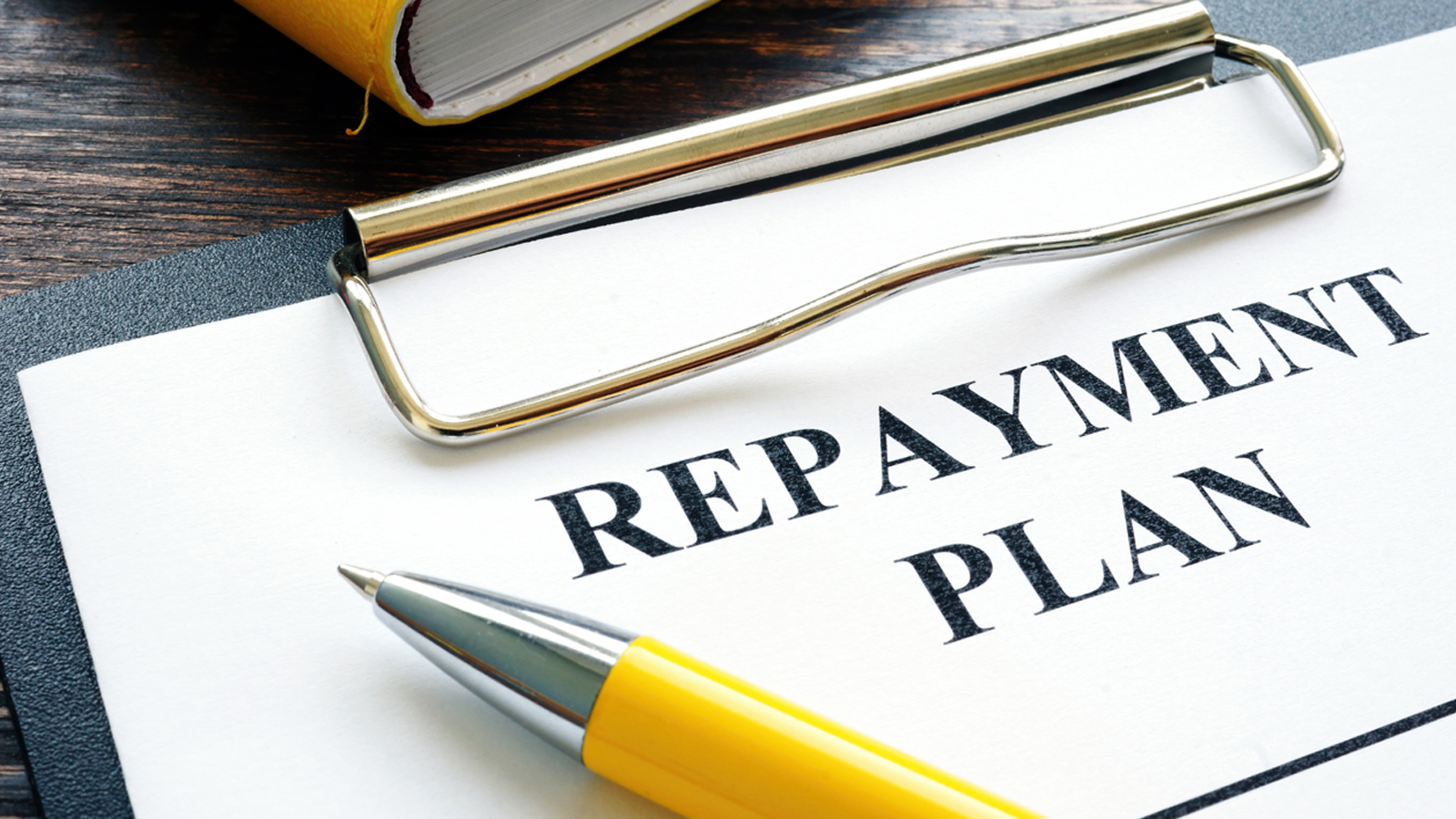Debt can feel like a heavy weight, dragging you down and making it difficult to see the light at the end of the tunnel. But fear not! Creating a debt repayment plan is your first step toward financial freedom. Whether you’re dealing with credit card bills, student loans, or other debts, having a solid plan in place can make all the difference. Imagine waking up one day without that constant worry looming over you. Sounds good, right? Let’s dive into how you can craft a personalized debt repayment strategy that works for you and helps pave your way to financial peace of mind.
Understanding Your Debt and Financial Situation
Before tackling your debt, it’s essential to grasp the full picture of your financial situation. Start by listing all your debts—credit cards, loans, and any outstanding balances. Include details like interest rates and minimum payments.
Once you have everything laid out, assess your income sources. Calculate how much you bring in each month after taxes. This gives you a clearer idea of what’s available for debt repayment.
Next, take stock of your expenses. Track spending on essentials like rent or utilities versus discretionary items such as dining out or entertainment. This will highlight potential areas where you can cut back.
Understanding these components creates a foundation for building an effective debt repayment plan tailored specifically to your needs and lifestyle choices.
Setting Clear Goals for Your Debt Repayment Plan
Setting clear goals is essential for an effective debt repayment plan. Start by defining what you want to achieve. Are you aiming to pay off a specific amount within a year or eliminate all debt in five years?
Make those goals SMART—Specific, Measurable, Achievable, Relevant, and Time-bound. For instance, instead of saying “I want to pay down my credit card,” specify “I will pay $200 towards my credit card each month.”
Break larger targets into smaller milestones. Celebrating these mini-achievements keeps your motivation high. Track your progress regularly; seeing how far you’ve come can be incredibly empowering.
Also, consider the emotional aspect of debt repayment. Understanding why these goals matter can provide additional drive on tough days when temptation arises or setbacks occur.
By setting clear and attainable objectives, you’re not only creating a roadmap but also fostering a mindset that champions financial freedom.
Creating a Realistic Budget
Creating a realistic budget is the backbone of your debt repayment plan. Start by tracking all your income sources. This gives you a clear view of what’s coming in each month.
Next, list your essential expenses like rent, utilities, and groceries. Don’t forget about irregular costs such as car maintenance or annual subscriptions. These can sneak up on you if you’re not prepared.
Once you’ve mapped out fixed expenses, allocate funds for discretionary spending too. Enjoying life while managing debt is crucial for long-term success.
Always ensure that your budget has some flexibility built into it. Unexpected expenses will arise; being adaptable helps maintain progress without derailing your efforts.
Regularly review and adjust your budget as needed to reflect changes in income or spending habits. Staying proactive keeps you informed and ready to tackle any financial challenges ahead.
Prioritizing Debts and Making a Payment Strategy
When tackling multiple debts, prioritization is key. Start by listing all your debts along with their interest rates and minimum payments. This transparency will help you understand what needs immediate attention.
Next, consider two popular strategies: the avalanche method and the snowball method. The avalanche focuses on paying off high-interest debts first, saving you money in the long run. On the other hand, the snowball approach targets smaller balances first for quick wins that boost motivation.
Whichever strategy resonates more with you, create a payment plan that fits your budget. Allocate any extra funds toward your prioritized debt while maintaining minimum payments on others to avoid penalties.
Regularly reviewing this strategy keeps you accountable and allows adjustments based on changes in income or expenses. Celebrate small victories as each payment brings you closer to financial freedom!
Exploring Options for Lower Interest Rates or Consolidation
When tackling your debt repayment plan, exploring options for lower interest rates can make a significant difference. Start by checking if you’re eligible for balance transfer credit cards that offer 0% introductory rates. This could help you save money on high-interest debts.
Another avenue is personal loans with lower interest rates than your current debts. These can consolidate multiple payments into one manageable monthly installment while potentially reducing the overall cost of borrowing.
Don’t overlook renegotiating existing debts. Contact lenders directly to ask about lowering your rate or restructuring terms that better fit your budget.
Credit unions also often provide competitive loans and might be more flexible than traditional banks.
Always compare offers carefully, taking note of any fees involved in the process so you don’t inadvertently increase your total debt burden while seeking savings opportunities.
Staying Motivated and On Track with Your Plan
Staying motivated on your debt repayment journey can be challenging. Celebrate small wins, like paying off a specific amount or clearing a minor debt. Acknowledging progress keeps the momentum alive.
Consider joining support groups or online forums where others share similar experiences. Engaging with people who understand your challenges can provide encouragement and fresh ideas.
Visual reminders also work wonders. Create a vision board showcasing your goals—whether it’s that dream vacation or financial freedom. Place it somewhere you’ll see it daily.
Track your progress regularly to stay connected with your plan. Use apps or spreadsheets to visualize how far you’ve come and what’s left to achieve.
Remember, setbacks are normal. When obstacles arise, don’t get discouraged; view them as opportunities to learn and adjust when necessary. Keep pushing forward—the journey is just as important as the destination!
Celebrating Milestones and Adjusting as Needed
Celebrating milestones is crucial in maintaining motivation while tackling your debt repayment plan. Each small victory deserves recognition, whether it’s paying off a credit card or reaching a specific savings goal. These celebrations can be as simple as treating yourself to a favorite meal or enjoying an outing with friends.
Adjusting your plan when necessary is just as important. Life changes and unexpected expenses can arise, making flexibility key. If you find that certain strategies aren’t working, don’t hesitate to reassess your approach.
You might discover new methods for saving money or creating additional income streams along the way. Embrace these adjustments; they are part of the journey toward financial freedom.
Stay aware of how you feel throughout this process. Regularly check in with yourself and adapt based on what keeps you motivated and engaged in achieving your goals.
Conclusion
Creating a successful debt repayment plan can feel overwhelming, but it is entirely achievable with the right approach. Understanding your financial situation lays the foundation for effective planning. Clear goals keep you focused and motivated, while a realistic budget ensures that you’re not setting yourself up for failure.
Prioritizing debts helps you tackle high-interest obligations first, saving you money in the long run. Exploring options like lower interest rates or consolidation can provide additional relief, making your payments more manageable.
Staying motivated throughout this journey is crucial. Keep track of your progress and celebrate milestones to maintain enthusiasm. Adjusting your plan as needed allows flexibility when life throws unexpected challenges your way.
With determination and a structured strategy, anyone can work their way toward financial freedom through an effective debt repayment plan. Embrace each step of the process, stay committed to your goals, and watch as those debts begin to melt away over time.



